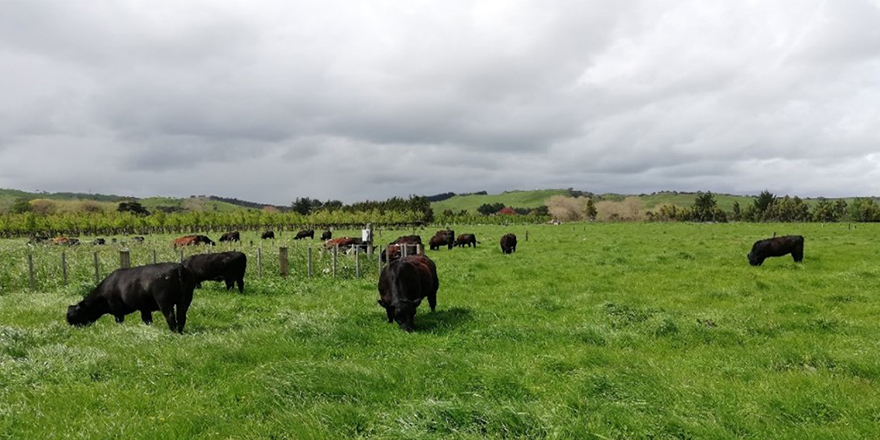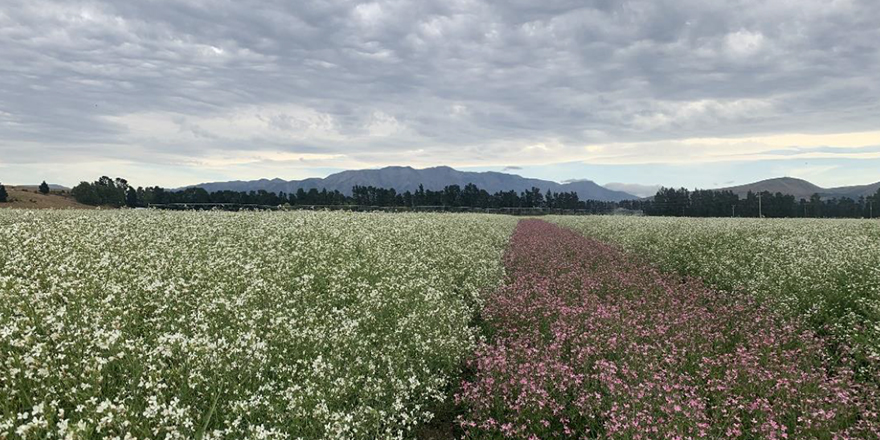Executive summary
By the year 2020, over $1.6 billion of New Zealand taxpayer money will be invested in science and innovation per annum. What share will Primary Industries have of this investment?
“With the coming of the fourth industrial revolution – fundamental change to our daily personal and professional lives from the combination of physical, digital and biological technologies – the primary sector will find itself at the center of change.”
Ian Proudfoot, Global Head of Agribusiness, KPMG 2016
The aim of this project was to understand what the benefits might be of improving communication of government – funded Research, Science, Technology and Innovation related to the New Zealand Primary Industries and how this could be achieved. stakeholders from a wide range of areas in the science and innovation ecosystem were interviewed and fin dings were related to literature and initiatives already underway in New Zealand. Benefits of improving communication include:
- Attracting science and innovation talent to the primary industries and building future capability.
- Positive engagement with the public ensuring social licence to operate.
- Building New Zealand’s international reputation as an innovative country – to attract skilled migrants, build partnerships with global experts, and be seen as a trusted producer of safe, premium food and fibre products
- Improved cross-sector collaboration and learning.
- Faster and more advanced innovation in industry from research, science and technology uptake To achieve sustainable growth in New Zealand Primary Industries, attracting and retaining a diversity of talented people is critical.
Recommendations from this report for key stakeholder groups include:
Government:
- Improve the New Zealand Story Business Toolkit information on science and innovation.
- Government funding agencies could publicise their science and innovation investments more.
- Include a section on the quality of the communication plan in assessment criteria for government. science funding
Research Organisations:
- National Science Challenges could increase their focus on engaging school children in science and innovation (and the government could incentivise or reward them for doing this)
- Universities and Crown Research Institutes could include positive public engagement in their promotion criteria for staff (likely if the government funding criteria changes).
Primary Industries:
- Industry associations or businesses could develop more graduate programmes with a science and innovation focus to create career pathways for attracting talented young people.
- Businesses could sponsor employees and their research providers to visit schools to talk about science and innovation being invested in and the future career opportunities in their sector.
- Industry could investigate how to collaborate on opportunities of the fourth industrial revolution.
Kylie Phillips



